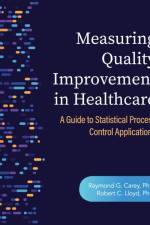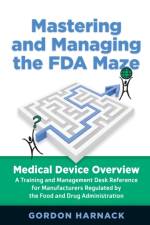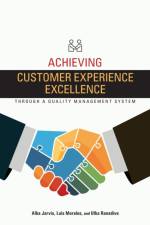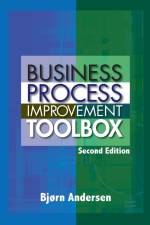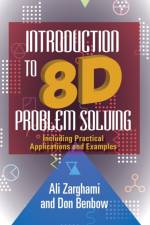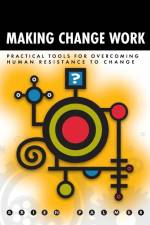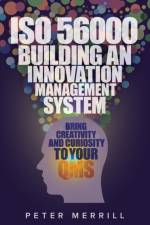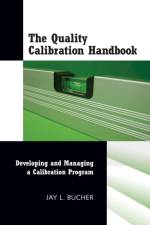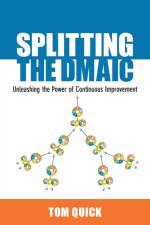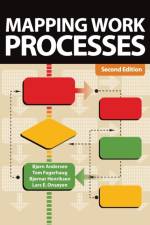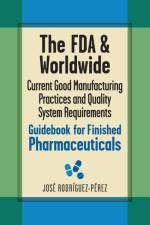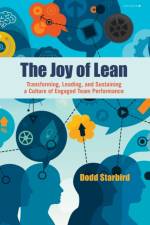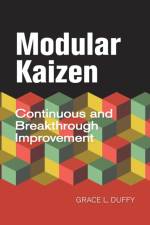av Charles (Dodd) Starbird
575,-
Has your organization tried Lean already? If so, you surely see and feel the Joy of Lean in your workplace now, right?Don't worry. If you're not quite to joy yet, you're not alone.As it attracts more and more attention as a successful business philosophy that can improve results in any type of organization, lean has still sometimes been misunderstood as a method for just cutting expenses. The useful ideas of eliminating waste and driving greater efficiency can pick up a negative spin, with perceptions of job cuts, employees doing more with less, and managers squeezing more productivity from each person. None of that sounds very joyful.But it doesn't have to be that way. This book will show leaders how to cultivate a positive Lean Culture of Excellence that creates value for customers, profitable growth for businesses, sustainable cost reduction, and fulfilling jobs for employees.Lean Culture means empowerment.Lean Culture means better value for the customer.Lean Culture means better performance for the organization.Lean Culture means a more engaging, rewarding, and yes, even joyful role for each employee.And Lean Culture provides the competitive advantages that a team needs to survive and grow.We call the approach Lean Engaged Team Performance (Lean ETP). It's a purposeful combination of value innovation, process excellence, performance measures, team goals, collaborative norms, organizational structure, enabling technology, and most of all, visionary leadership. And it's hard to achieve and even harder to sustain, but it's worth the journey!Praise for The Joy of Lean"For a young growth company, the self-discipline of Engaged Team Performance and a commitment to process improvement do not initially sound too joyful. But all we needed was one team to try. Our leaders and employees came together… operating at the best service levels we had ever achieved."Jana Schmidt, President and CEO, Ecova, Inc."Life is supposed to be an adventure, and work is a core part of that journey. The Joy of Lean will help you develop a culture where everyone takes joy in coming to work every day to contribute something that will change the world for the better."Dr. Fred Moll, co-founder and CEO, Auris Surgical Robotics, and co-founder of Intuitive Surgical"The Joy of Lean provides practical advice that every organization should follow when pursuing a Lean transformation. Dodd Starbird delivers the content in an easy to understand, even humorous way that makes this an important and enjoyable read for anyone, not just leaders for whom the book is most intended."Drew Locher, author of Lean Office and Service Simplified"Dodd Starbird fixes the limitations of most Lean implementations by shifting focus from eliminating waste to achieving excellence, and it's spot on!"David Marquet, author of Turn the Ship Around!"At its heart,The Joy of Lean is about leaders building relationships: relationships with your customer and with your employees. Engaged Team Performance is all about empowering your employees to demonstrate care while attracting new customers, strengthening client relationships, or delivering products and services every day. The Joy of Lean provides the key to any successful business."Art Bacci, Head Hong Kong Group, Principal International"Business, especially a growing business, is ultimately about people working with people. The Joy of Lean outlines key principles for driving a culture of business performance. Working with Dodd Starbird's ETP principles, we have been able to deliver sustainable value to our business, and our teams remain engaged."Beth Rothwell, President, VfD Companies

